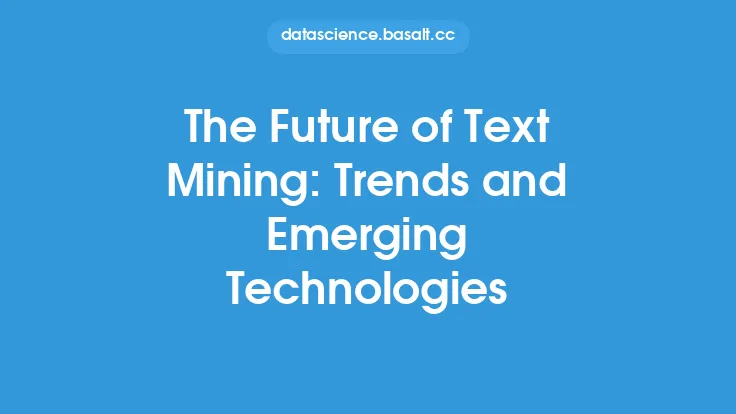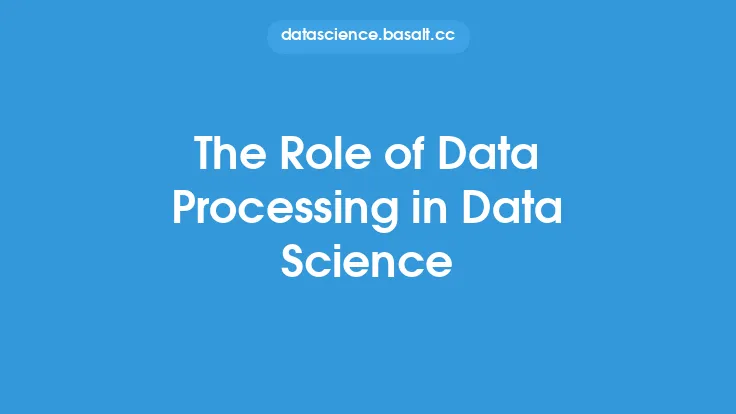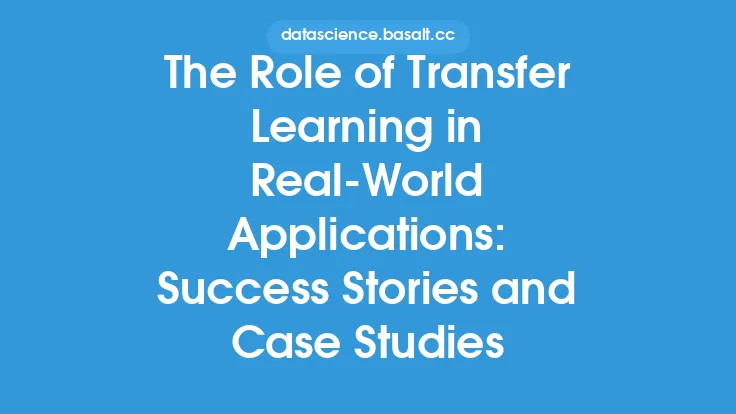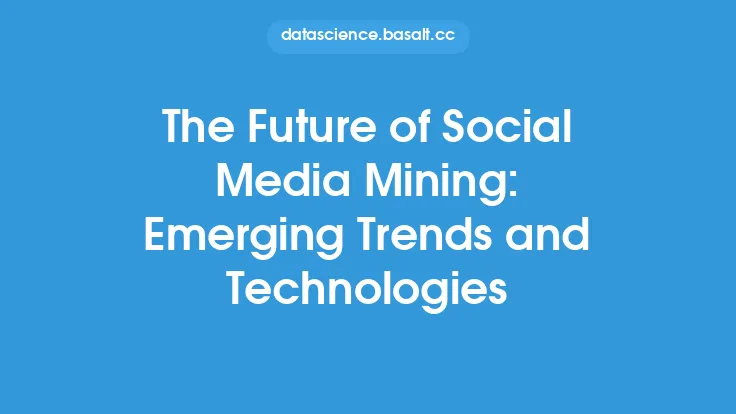Natural Language Processing (NLP) is a crucial component of text mining, as it enables the extraction of insights and meaningful information from unstructured text data. Text mining, a subfield of data mining, involves the use of various techniques to discover patterns, relationships, and trends in large collections of text data. NLP plays a vital role in this process, as it provides the necessary tools and methods to analyze and understand the linguistic structures and nuances of human language.
Introduction to NLP in Text Mining
NLP is a multidisciplinary field that combines computer science, linguistics, and artificial intelligence to analyze and generate human language. In the context of text mining, NLP is used to preprocess and transform text data into a format that can be analyzed by machine learning algorithms or other data mining techniques. This involves tasks such as tokenization, stemming or lemmatization, named entity recognition, and part-of-speech tagging. By applying NLP techniques, text mining can uncover hidden patterns and relationships in text data, such as sentiment analysis, topic modeling, and entity extraction.
NLP Techniques for Text Mining
Several NLP techniques are commonly used in text mining, including:
- Tokenization: the process of breaking down text into individual words or tokens. This is a fundamental step in text mining, as it allows for the analysis of individual words and phrases.
- Stemming or Lemmatization: the process of reducing words to their base form, so that words with the same meaning can be treated as a single unit. This helps to reduce the dimensionality of the text data and improve the accuracy of text mining models.
- Named Entity Recognition (NER): the process of identifying named entities in text, such as people, organizations, and locations. NER is a critical task in text mining, as it enables the extraction of specific information from text data.
- Part-of-Speech (POS) Tagging: the process of identifying the grammatical category of each word in a sentence, such as noun, verb, or adjective. POS tagging is useful for understanding the context and meaning of text data.
NLP Tools and Resources for Text Mining
Several NLP tools and resources are available for text mining, including:
- NLTK (Natural Language Toolkit): a popular Python library for NLP tasks, including tokenization, stemming, and corpora management.
- spaCy: a modern Python library for NLP that focuses on performance and ease of use. spaCy provides high-performance, streamlined processing of text data, including tokenization, entity recognition, and language modeling.
- Stanford CoreNLP: a Java library for NLP that provides a wide range of tools and resources for text analysis, including part-of-speech tagging, named entity recognition, and sentiment analysis.
Applications of NLP in Text Mining
NLP has a wide range of applications in text mining, including:
- Sentiment Analysis: the process of determining the emotional tone or sentiment of text data, such as positive, negative, or neutral. Sentiment analysis is a critical task in text mining, as it enables the analysis of customer opinions and feedback.
- Topic Modeling: the process of identifying underlying themes or topics in a large collection of text data. Topic modeling is useful for understanding the structure and content of text data.
- Entity Extraction: the process of identifying and extracting specific entities from text data, such as names, locations, and organizations. Entity extraction is a critical task in text mining, as it enables the extraction of specific information from text data.
Challenges and Limitations of NLP in Text Mining
Despite the many advances in NLP, there are still several challenges and limitations to its application in text mining, including:
- Ambiguity and Uncertainty: human language is inherently ambiguous and uncertain, which can make it difficult for NLP algorithms to accurately analyze and understand text data.
- Contextual Understanding: NLP algorithms often struggle to understand the context and nuances of human language, which can lead to errors and inaccuracies in text mining models.
- Scalability and Performance: NLP algorithms can be computationally intensive and require significant resources to process large collections of text data.
Future Directions for NLP in Text Mining
Despite the challenges and limitations of NLP in text mining, there are several future directions that hold promise for advancing the field, including:
- Deep Learning: the application of deep learning techniques, such as recurrent neural networks (RNNs) and convolutional neural networks (CNNs), to NLP tasks in text mining.
- Transfer Learning: the use of pre-trained NLP models and fine-tuning them for specific text mining tasks, which can improve the accuracy and efficiency of text mining models.
- Multimodal Analysis: the integration of text data with other forms of data, such as images and audio, to provide a more comprehensive understanding of the data and improve the accuracy of text mining models.





